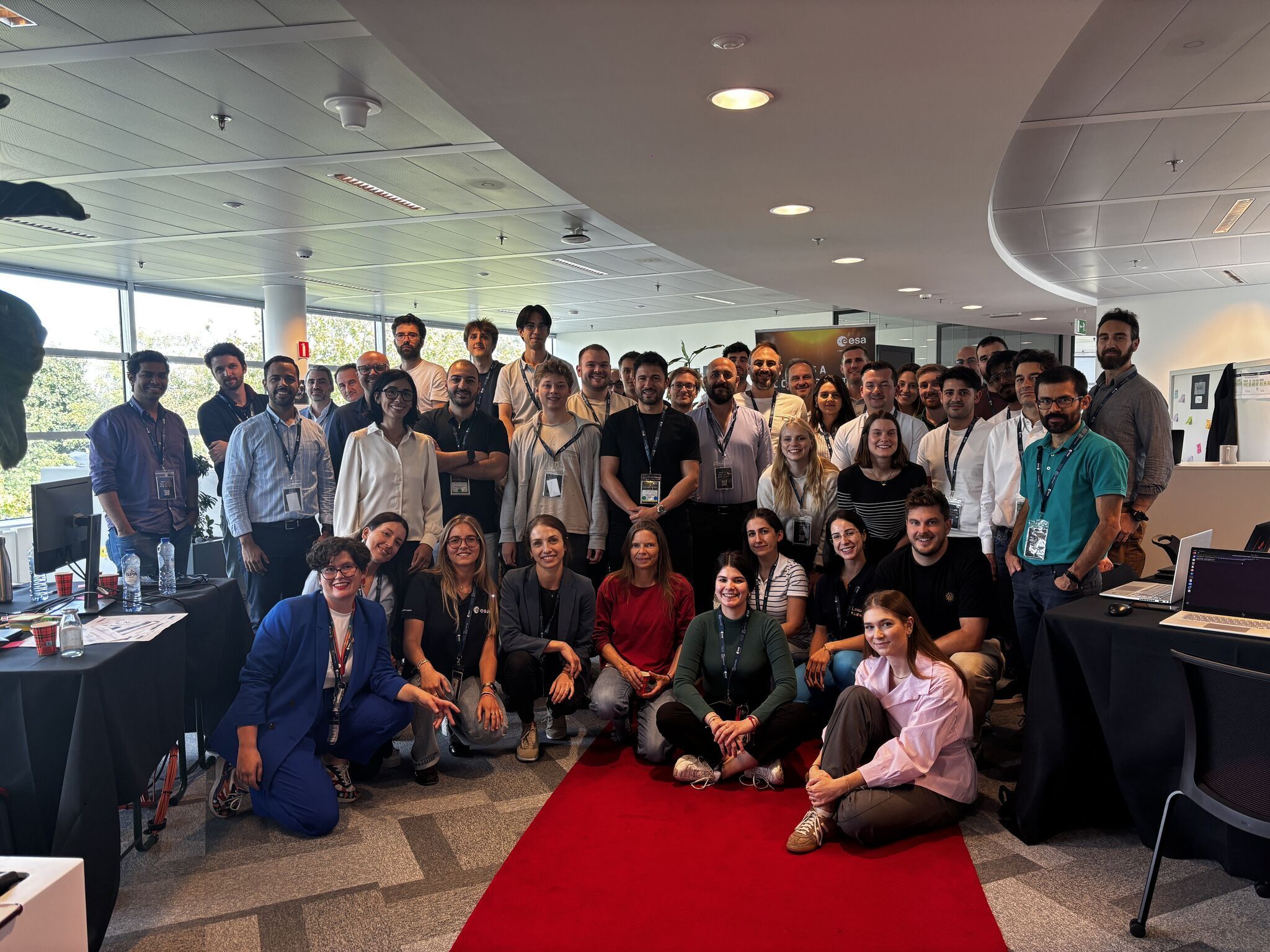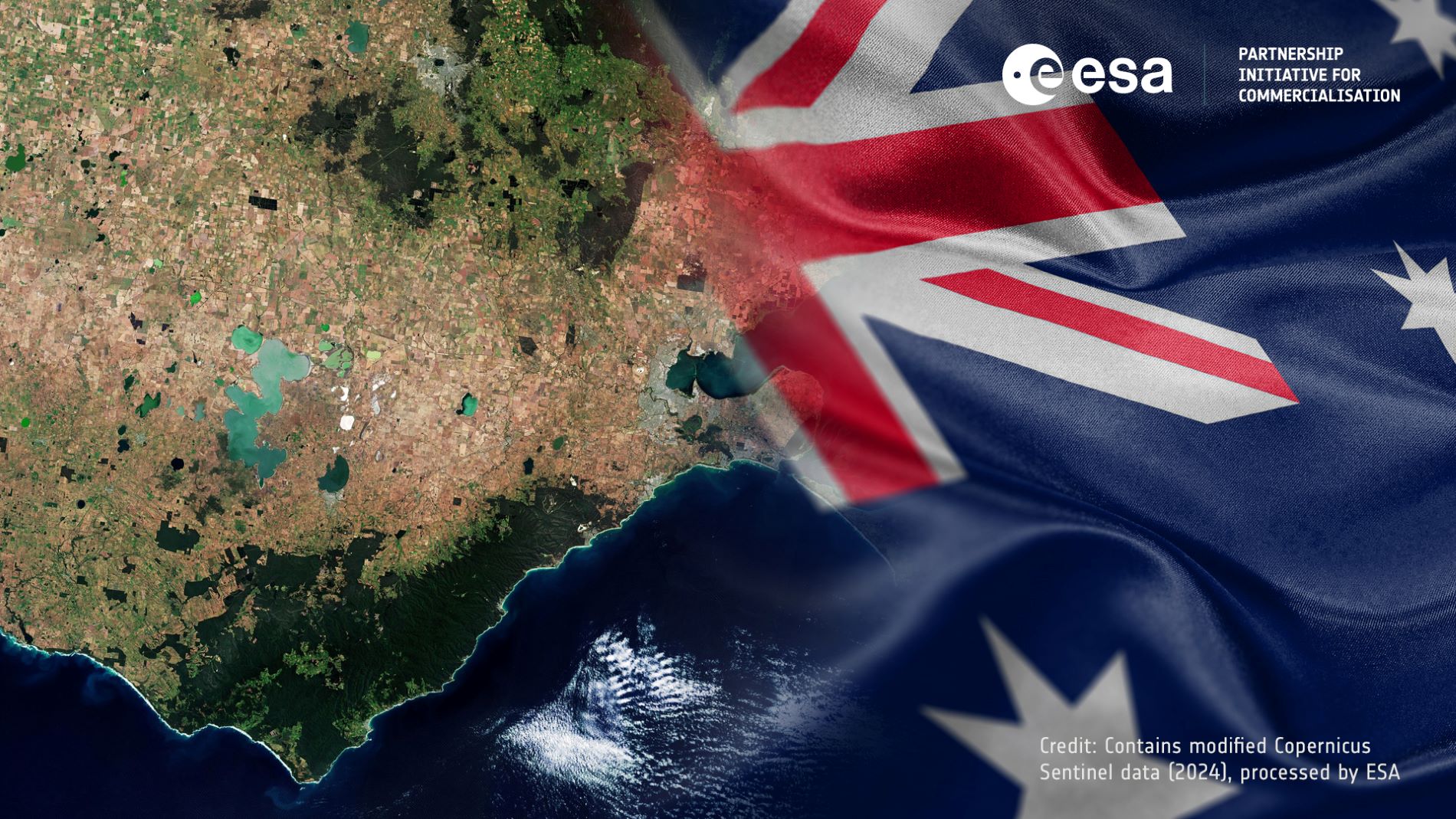Power transmission lines, which transport electricity from power plants at high voltage over long distances, are over 7 million kilometres long globally. They are connected to shorter distribution lines, with lower voltage electricity, that transport electricity to customers. These cover over 72 million kilometres in total. Together these lines make up the global electric power T&D equipment market, which is valued at US $151.99bn in 2021 and is expected to expand at a Compound Annual Growth Rate (CAGR) of 6.4% from 2023 to 2030. This growth is mainly due to increasing demand for electricity, particularly in remote parts of the world, where populations do not yet have reliable access to electricity.
Asia Pacific accounts for most of the global T&D revenue market share, with 53% in 2022. It is led by China with an average investment share of 27% between 2015 and 2021, and plans to invest primarily in ultra-high-voltage projects and grid digitalisation. It is followed by the United States (US) which had a stronger investment growth rate in the last years.
Europe invests yearly more than €40bn in its power grids, and much more investment is forecast in the coming years. This rise is driven by industrial growth, rising electricity demand particularly in renewables and the refurbishment of outdated infrastructure.
The EU is undergoing two major trends as it shifts its focus towards greater collaboration among regions and countries within the EU. The first objective is to overcome market fragmentation and encourage co-investments by promoting interregional partnerships. The second one is to increase electricity supply security, lower risks of blackouts, and to manage fluctuations of renewable sources by encouraging the construction of cross-country electricity connections.
Our report highlights the key areas where space tech can make a difference:
- To meet the increasing global demand for electric power, the number of power lines continuously expands, stretching over long-distances. This poses growing challenges in monitoring and maintaining the grid infrastructure. Innovative, automated and low-cost solutions are needed, concentrating on three realms: environmental and geo-hazard, structural integrity and human-generated threats.
- Virtual power plants (VPP) and smart grids, based on cloud-computing technology, hold large potential in balancing the electricity supply and demand using real-time data, in turn helping the grid become more stable. In parallel, microgrids development must be pursued to offer simple and sustainable solutions to remote and rural areas for populations lacking a secure electricity network, as well as for more developed regions.
Find out more on the added value of space and ESA’s support programmes in the latest mini report.
Download the full report








